|
Most field days, this geophysical gig feels like a theatrical rendition of Louis Sachar’s YA novel “Holes”. If you have not read it, “Holes” follows the epic wrongful punishment of Stanley Yelnats who is sent to a youth incarceration site in the Texas desert where all the teenage internees endlessly and pointlessly dig holes in the desert pavement. For us, most days involve painstakingly and often with great effort and sometimes disappointing results, pounding hundreds of sensors into the ground, and then taking them out. Repeat, repeat, repeat. Given the above, it was no coincidence that while doing quality control over the 163 drone photogrammetric (that is, to be processed into a map) air photos I shot over Chuundwe on our last field day, my attention was grabbed by photos over a particular Tonga family compound. Like most compounds, the home and garden areas were “stockaded” by wood fencing lashed with bark. But inside of the fenced areas I could see about twenty evenly spaced 1.5 m diameter holes, and a large concrete structure with a footprint resembling a skeleton key. The Zambian branch of Sachar’s Camp Green Lake?!
As well, as best could be determined from the air photos, the compound had an unusually elevated aesthetic even as seen from 250 m altitude, with skillfully planned and thatched roofs, fenced gardens, and elevated livestock barns. This was something other than the usual hard scrabble Tonga homestead eking an existence from this tough terrain. So what were these holes and this concrete structure? We all gathered around my laptop screen, PhDs from Denmark, Canadian geophysicists, and Zambian engineering students. Food storage? Water reservoirs? Excavations for clay for brick making? A juvenile penal colony? Drug caches? We did not know. Banji, a female Tonga speaking engineering student from Copperbelt University, said let’s investigate. So an a half hour before sunset, we noted the GPS coordinate of the compound and marched about 800 m to the main gate. Up close, even the fencing was unusual. Rather than the common hand hand hewn posts that are effective in keeping animals (or detainees) both in and out, but are relatively quickly eaten by termites, the main posts here were living trees. After a shout in Tonga from Banji, the owner, Michael greeted us at the gate and invited us in. He is the only Tonga I have met here that speaks fluent English. Michael had studied agronomy and returned to his family lands in 1997, marrying but one woman, raising 4 children including one who is a nurse and another who is in medical school, and building his farm. He seemed amused and even flattered that we had been “spying” on him from above. He had dug twenty holes to plant something I had never seen in Zimba, an orchard, and for orange trees. The concrete structure was a biogas generator driven by cow manure, with runoff ramps leading to the orchard area, and piping bringing methane gas into the living area. In one of the thatched huts, he had built the equivalent of a recreation room with a solar powered music and video system. And of course we asked Michael how he dealt with the lack of water, hoping that this backwoods genius had unlocked for the mystery of where to find water in Chuundwe. Disappointingly, he hitches up an ox cart and hauls water from a small earth fileld dam a few kilometers away. Before it became completely dark, we said goodbye. We warned Michael that we would be monitoring him and the progress of his orchard on Google Earth!
0 Comments
Leave a Reply. |
Categories
All
Archives
August 2022
|
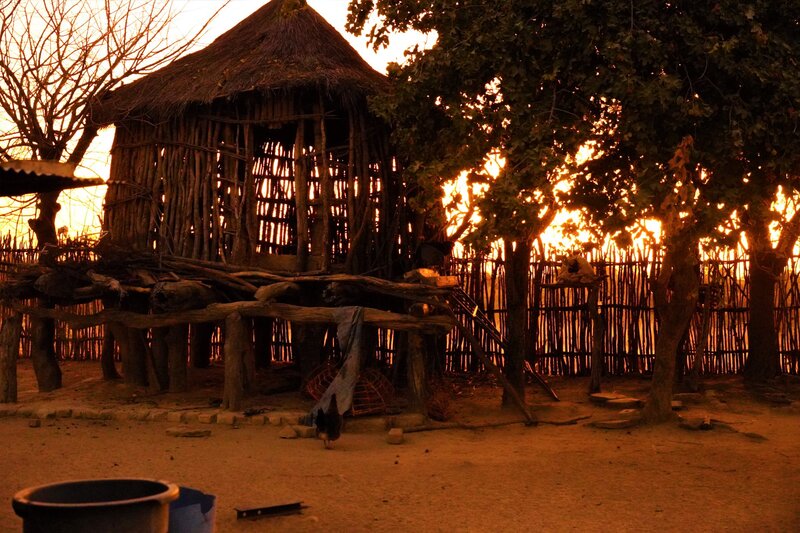
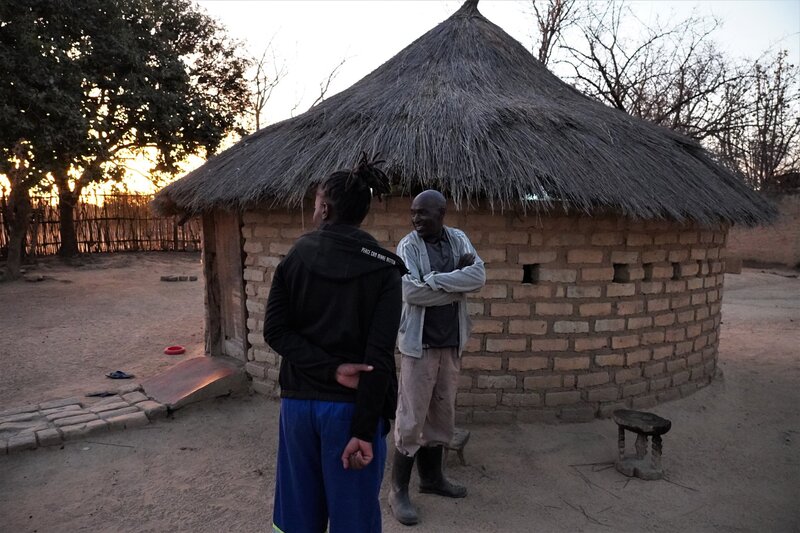
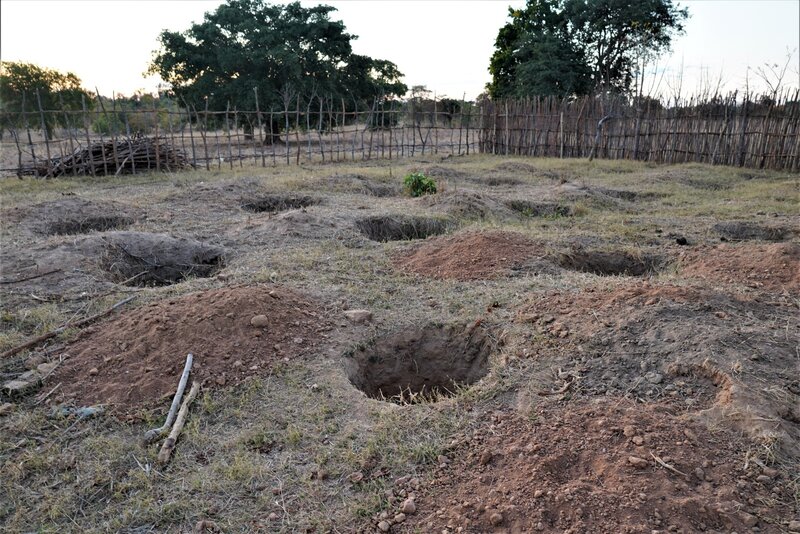
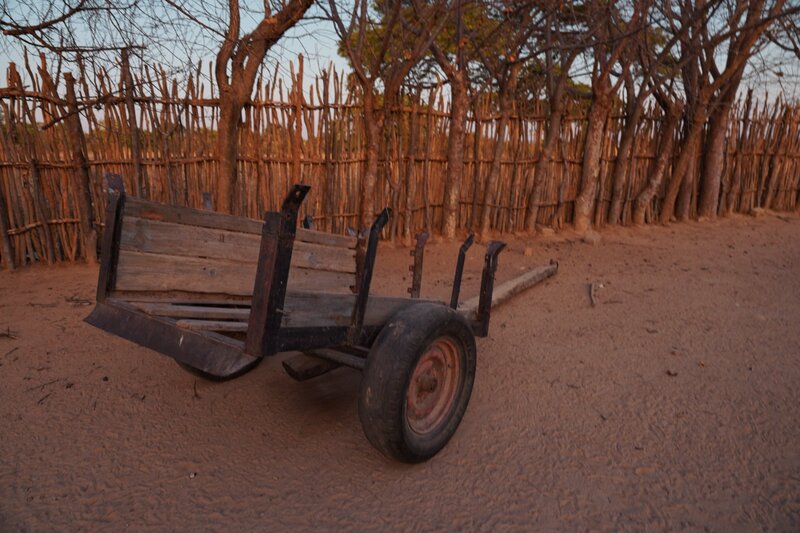

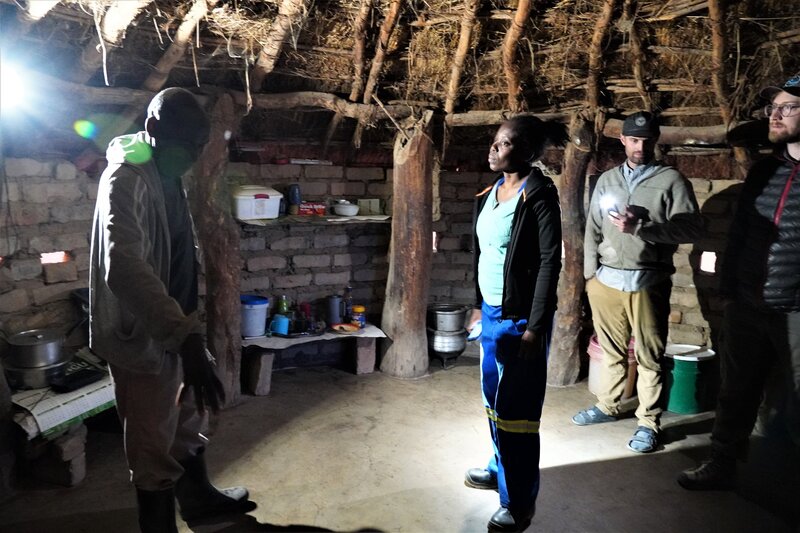
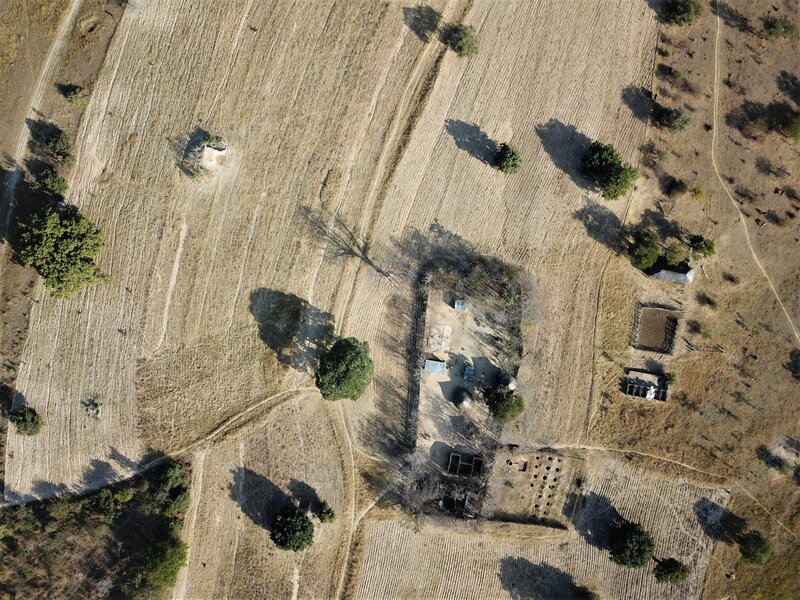

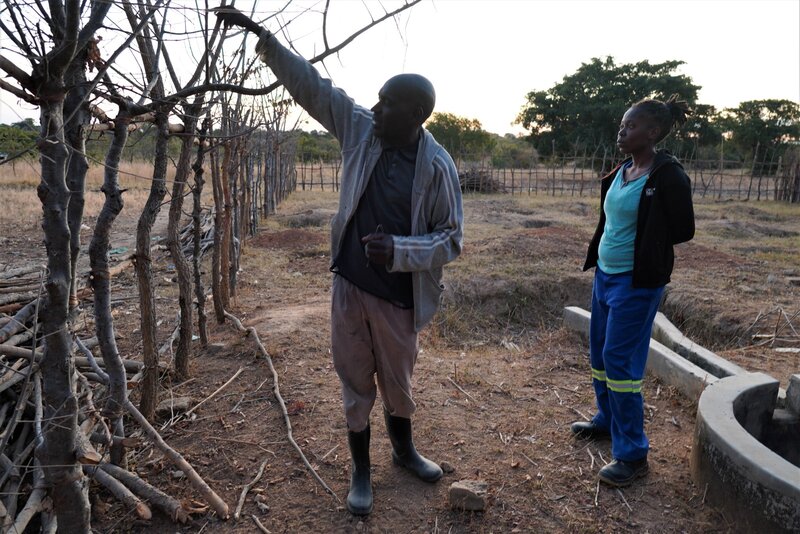
 RSS Feed
RSS Feed